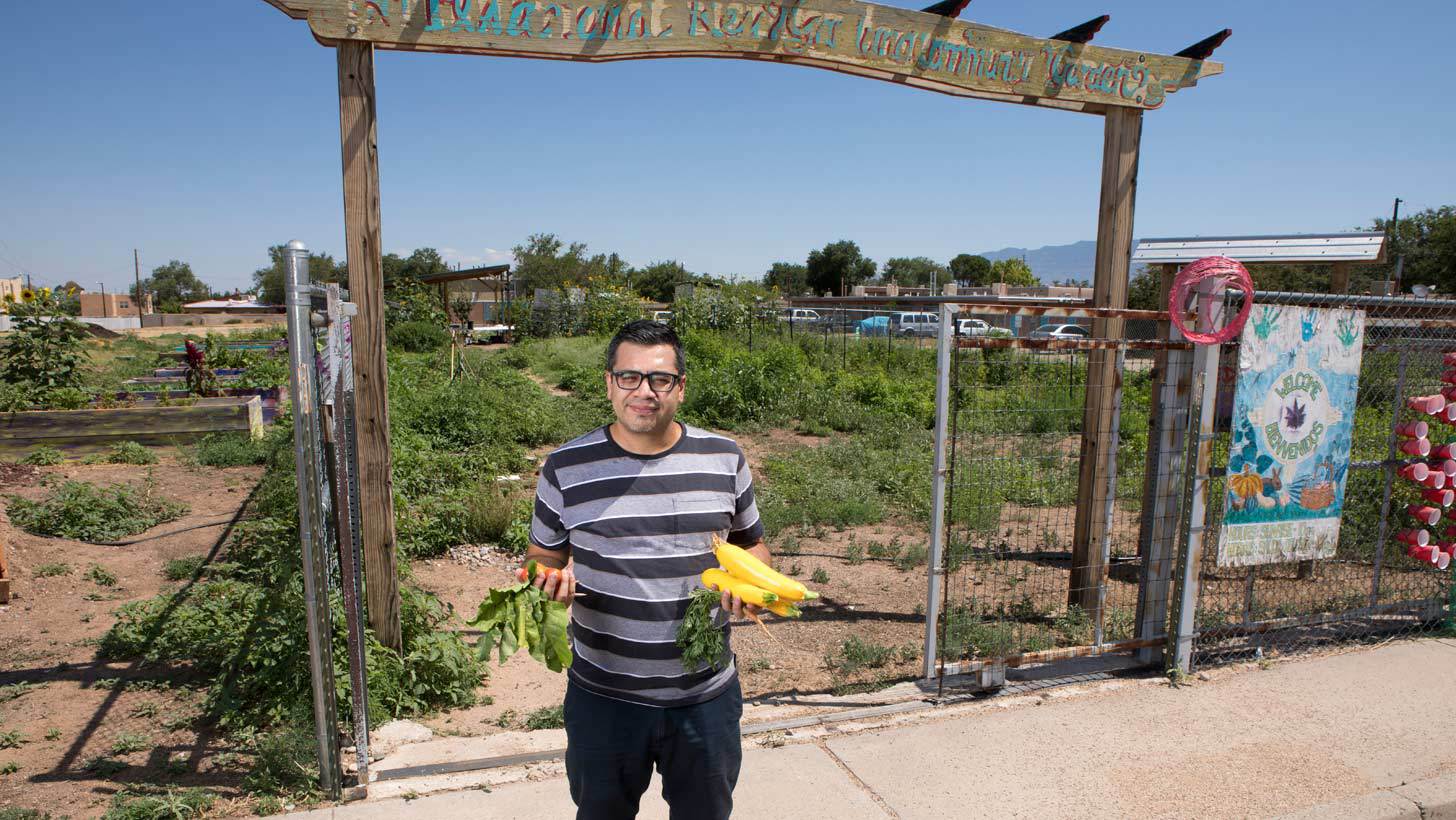Fuel Spill Committee Part Ii
Swop: A Garden By The Base And An Ear To The Ground


Mark Holmes, hydrogeologist, 377th Civil Engineering Division, monitors the base’s second soil vapor extraction unit, which was installed in August 2008 to assist in the remediation of the fuel leak.
Michael Kleiman




